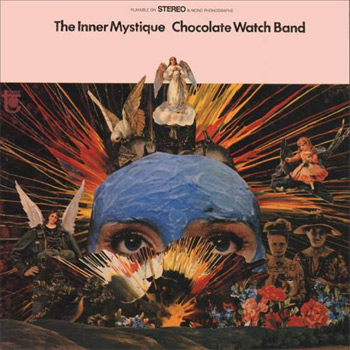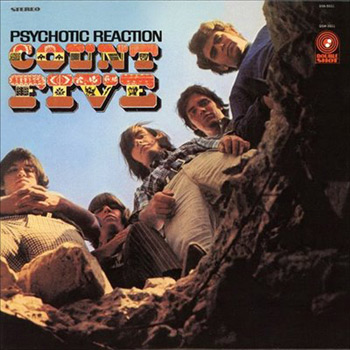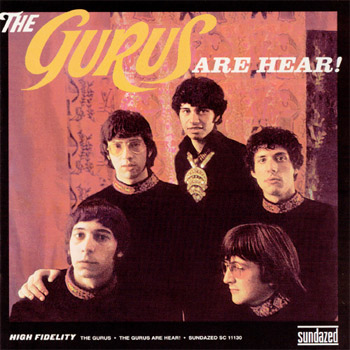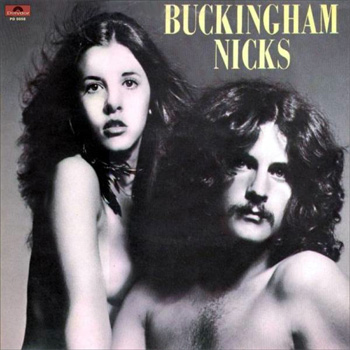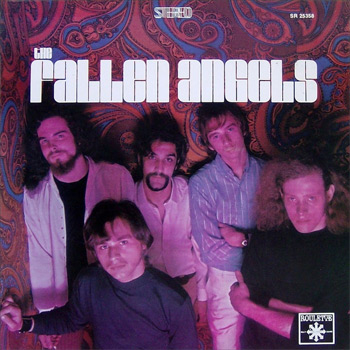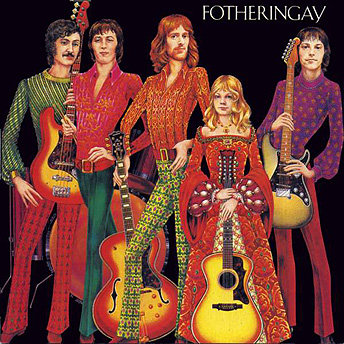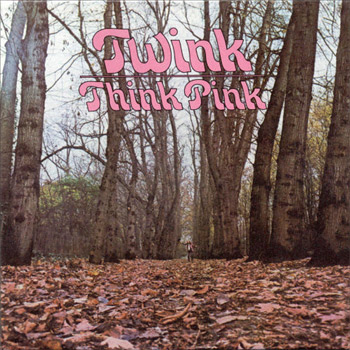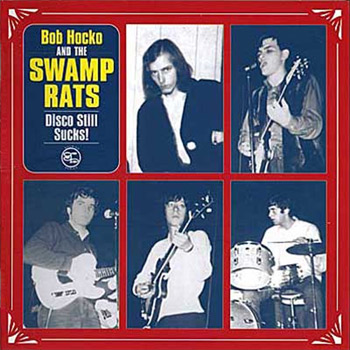The Chocolate Watchband “The Inner Mystique”
The infamous Chocolate Watch Band from San Jose California are the quintessential garage psyche band; their story is angst ridden and strange. Chocolate Watch Band, originally formed in 1965, went through a relatively complex series of personnel rearrangements settling for a short while on the lineup most familiar to fans consisting of Dave Aguilar, lead vocals and harmonica, Mark Loomis, lead git and keys, Bill Flores, bass, Sean Tolby, rhythm guitar and Gary Andrijasevich on drums. It was this incarnation that earned Chocolate Watch Band its reputation as an excellent live act by becoming known for their wildness and raw energy on stage. They were regularly gigging around the Bay Area with big groups such as the Doors and the Mothers of Invention playing mostly blues covers and tracks by obscure groups from the UK. Around this time in ’67 the band was introduced to the up-and-coming studio producer Ed Cobb. The band got their kicks by upstaging headliners with their forceful stage performance. They considered the recording studio an afterthought best left in the hands of Cobb.
Ed Cobb was to have a profound impact on the legacy of Chocolate Watch Band. He penned much of Chocolate Watch Band’s original material and enforced his vision of soft psychedelia on a band that he never bothered to see perform live, a fact that he has in later days openly regretted. It was because of this that the raw garage power of Chocolate Watch Band somehow eluded him, much to the group’s chagrin. There is a notorious story of the band using entire boxes of their second single as skeet pigeons because they detested the inclusion of Cobb’s gentle orchestral ballad “She Weaves a Tender Trap” on the B side; these boys were all nails and dog tails.
But boys grow up and it was the Summer of Love¦ under whose dubious charms Loomis departed to form a short lived psych-folk project “The Tingle Guild”. This was the beginning of a collapse for Chocolate Watch Band as one member after another left to pursue other interests just prior to the release of their first album No Way Out.
Cobb, however, was committed to the idea of Chocolate Watch Band and recruited a new lineup consisting of previous members Bill Flores on bass and Sean Tolby, now playing lead, and newbies Tim Abbott, rhythm, Mark Whittaker, drums and Chris Flinders singing. The ostensible purpose of this short lived incarnation was to support the hastily slapped together psychedelic era oddity that is The Inner Mystique.
Released in early ’68, the conundrum of The Inner Mystique is that not only was the band lineup at the time of the album’s release almost totally different than the band that recorded the psyche-rippers on the second side, but more stunningly, the music on the first side of the album was mostly recorded by studio musicians Cobb’d together [sic] that were never in Chocolate Watch Band. Far from a detriment, its schizophrenic dual personality makes the album more interesting in my mind.
Let’s take it one side at a time. The Inner Mystique kicks off with the psychedelic raga “Voyage of the Trieste”. Drenched in sitars, chimes, meandering flute, and jazz sax breaks, the cut is propelled by a repetitive fuzzy power-chord pulsing ‘m-e-l-l-o-w’. This cut is followed a soft sitar-psyche rendition of “In the Past” featuring Don Bennett singing. This shimmering and echoey number is impressive considering its strictly studio creature origins. The first side closes with the title track, another sitar ballad that is essentially a reprise of “Voyage of the Trieste”, albeit slower and darker in tone. Altogether this side of the album is a pleasant slice of gentle psychedelia, enjoyable, but without the power of the second side to rescue it from the otherwise probable obscurity that would be its fate.
Which brings us to the actual Chocolate Watch Band on the second side. Five songs, covers done better than the originals all, composed of out-takes from their first album No Way Out and a remixed and redubbed version of Dylan’s “It’s All Over Now, Baby Blue” from CWB’s first single released in ’66. The first cut is a burning cover of “I’m Not Like Everybody Else” by the Kinks. Aguilar’s vocals simmer, coming to a rolling boil as he barks out the chorus in a punk brogue Ray Davies couldn’t have achieved. Bashing caveman drums and Fender Twins in overdrive, this is garage primitive at its best. It was at this point Cobb committed a cardinal sin – he removed the original and far superior vocals of Aguilar on the next two tracks, “Medication” and “Let’s Go, Let’s Go, Let’s Go” and dubbed in Bennett’s vocals which range from unexceptional on the former to painful on the latter. Despite the mediocre vocals, these tracks still cook. The Dylan cover is excellent although the original 45 version is better as the album cut suffers from Cobb’s affinity for superfluous meandering flute overdubs. The album closes out with the wailing “I Ain’t No Miracle Worker”; Aguilar positively howls. Jangly guitars and some overdubbed bouzouki round out this killer cut.
Confrontational garage-punk on stage or soft studio psychedelia, whatever it was the Chocolate Watch Band had moved on just as Ed Cobb moved on to producing other bands like Fleetwood Mac, Steely Dan, and Pink Floyd. Luckily we have these scraps and oily rags from the psyche-garage to ignite but The Inner Mystique applies the balm before the burn.
“In The Past”
![]() Original Vinyl | 1968 | Tower | search ebay ]
Original Vinyl | 1968 | Tower | search ebay ]
![]() Vinyl Reissue | 2009 | Sundazed | buy at sundazed ]
Vinyl Reissue | 2009 | Sundazed | buy at sundazed ]
![]() MP3 Album | download here ]
MP3 Album | download here ]
